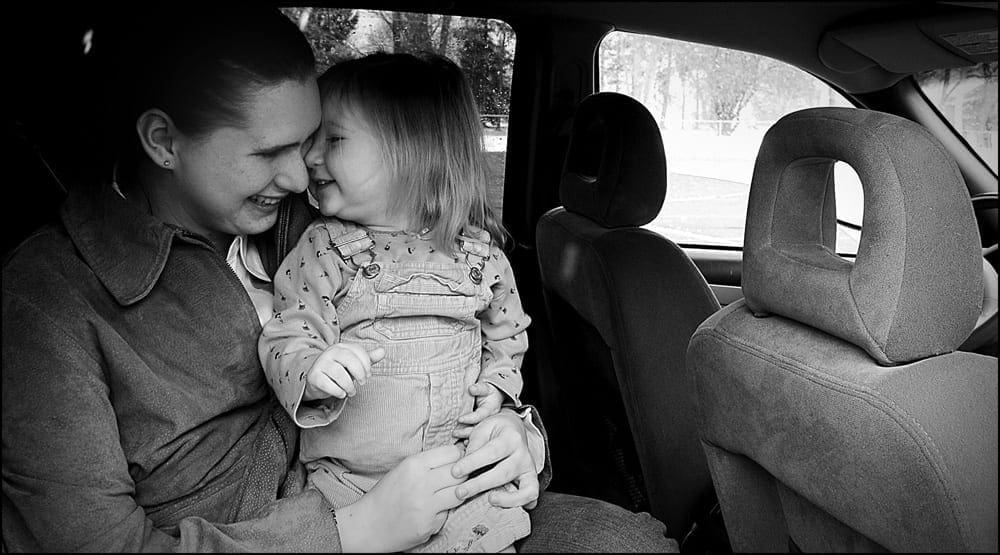When considering an open adoption, the birth parent-adoptive parent relationship is very important. Open adoptions allow for many degrees of openness and the birth parent-adoptive parent relationship varies greatly from one arrangement to the next. The bottom line is—it is up to you and your family to determine the level of openness with which you are comfortable. Once involved in an open adoption, check out the following tips to know what you’ll need to make the relationship work for everyone involved!

-
Be Honest About Your Comfort Level
In order to understand where both parties stand in terms of desired openness, recognizing your own limitations is critical. Due to the emotional nature of the adoption process, some birth mothers find that they don’t want any communication or visitation, while others want some type of involvement. It is extremely important to explore your family’s preferred level of openness and communicate what feels most comfortable. Your adoption professionals should ensure that your preferences in the openness of the relationship aligns with the preferences of the birth parents with whom you move forward. This way neither party is disappointed with the amount of involvement once the baby is born.
-
Understand Personal Needs and Adapting
Adoptive parents and birth parents experience unique emotional journeys during the adoption process. Being able to acknowledge and understand each other’s needs is an important part of maintaining this relationship in an open adoption. While you may have an idea about how your relationship with birth parents will function after the placement of the baby, human emotion is difficult to predict and needs may change. Adoptive parents sometimes find that, no matter how hard they try or how many times they reach out, it is not always easy to remain in contact with the birth mother. Some birth mothers think they want picture or letter updates while they are pregnant, but find it too difficult once the baby is born. While continuing communication with the birth mother, you should know that not every conversation will be easy. The birth mother may feel a sense of loss, and it is important to acknowledge the possible emotions they may be feeling.
-
Communicate
It’s important that you communicate openly to create boundaries and define relationships, then keep those lines of communication open while parenting. When issues arise, you can discuss, revisit boundaries, and adjust accordingly. If you’re worried about your relationship with birth parents, talk to your case worker. Part of a case worker’s job is to be the liaison between the two parties to make sure everyone’s needs are met and that everyone feels comfortable.
A common misconception is that an “open adoption” is synonymous with “co-parenting,” which is not the case. As adoptive parents, it is important to be comfortable and confident in your role as the parents of the child. It is important to communicate openly in order to create boundaries that both parties desire, so that both the adoptive family and the birth family understand their role in the process.
Open adoption and having some form of communication between adoptive parents and birth parents has been shown to benefit all parties, including the adopted children. Being able to maintain the adoptive parent-birth parent relationship may not be simple, but many find it rewarding. For more information on open adoption, read how “Open” Should my Adoption be.